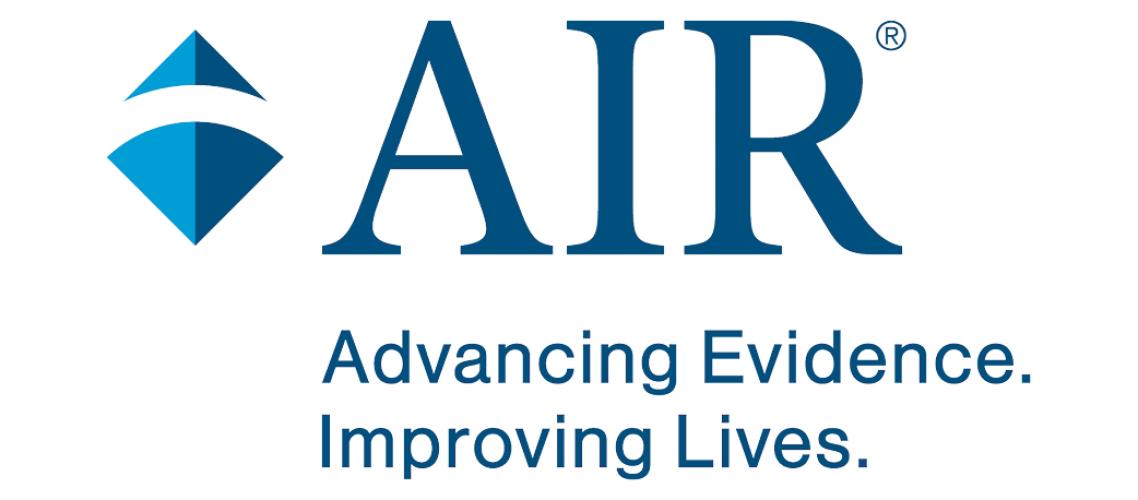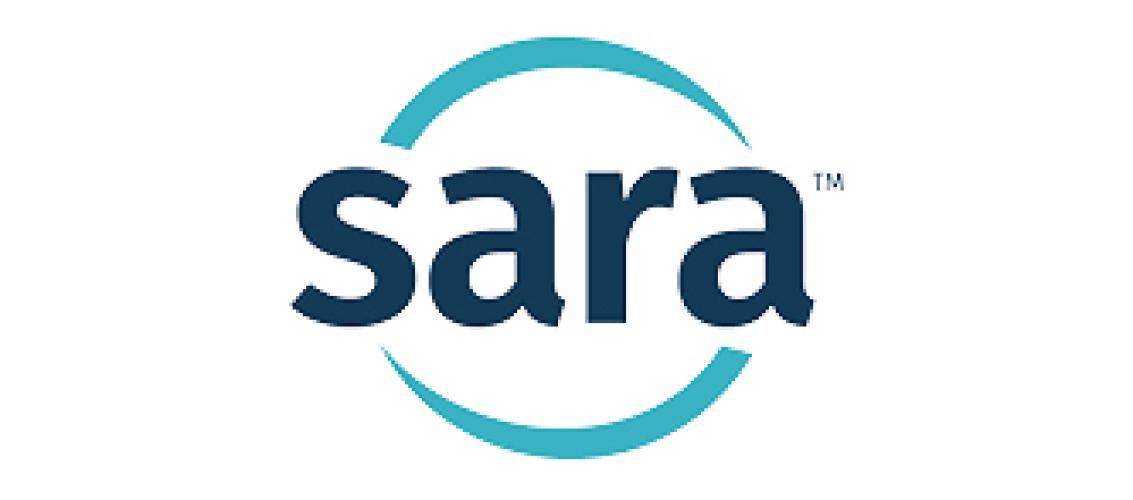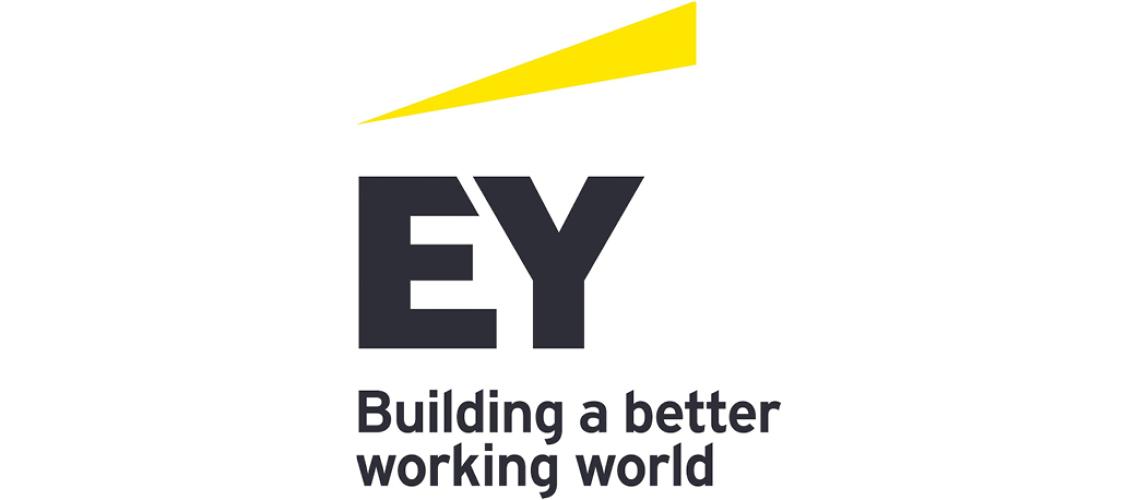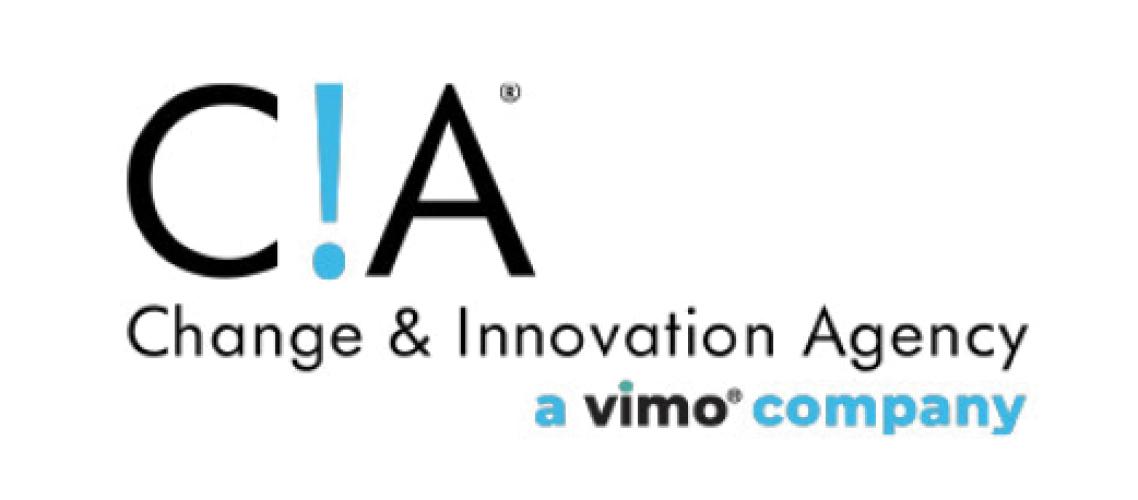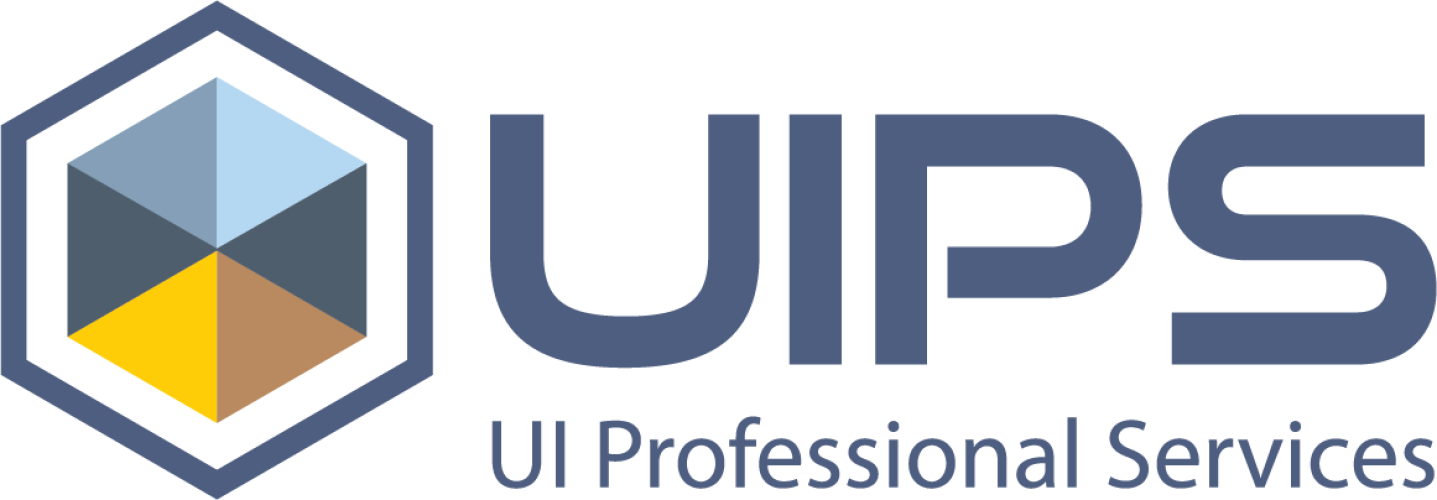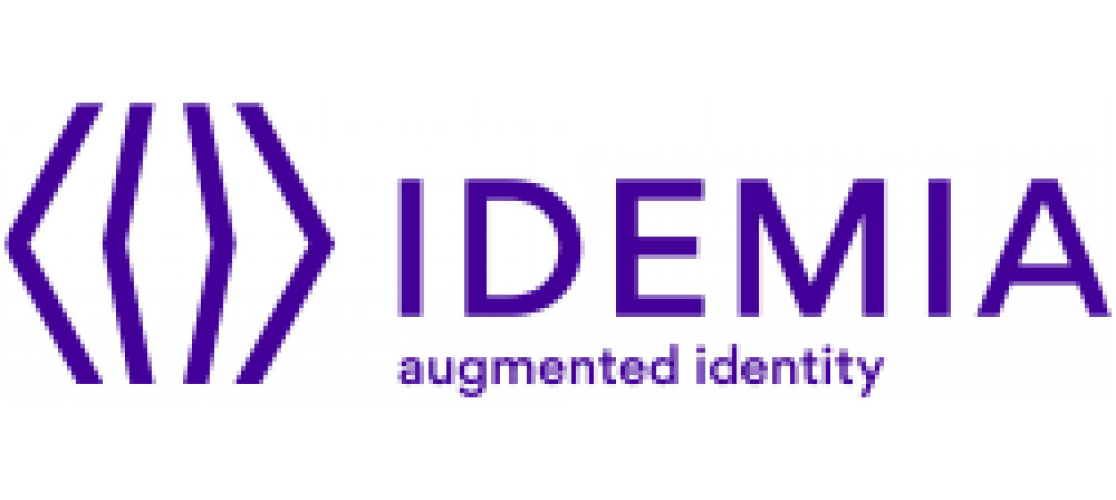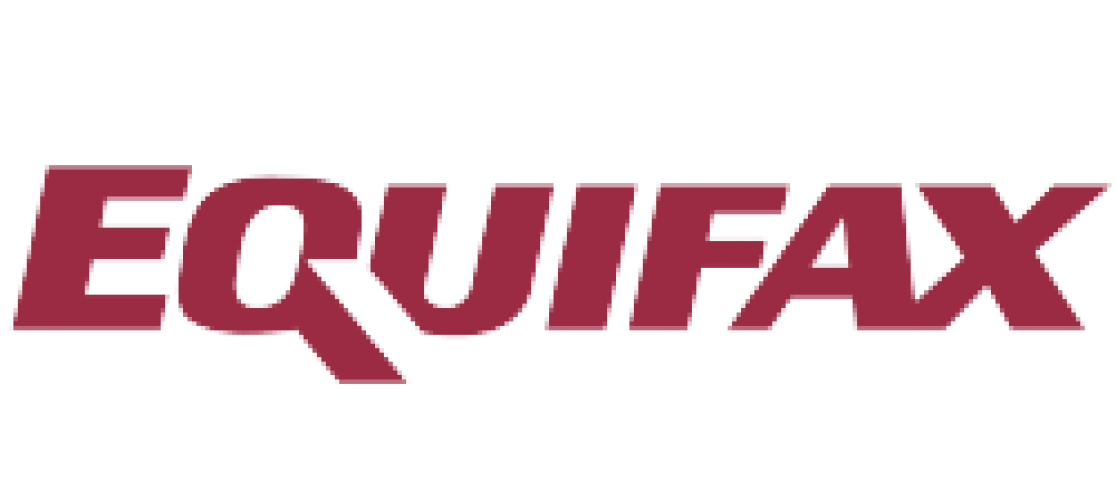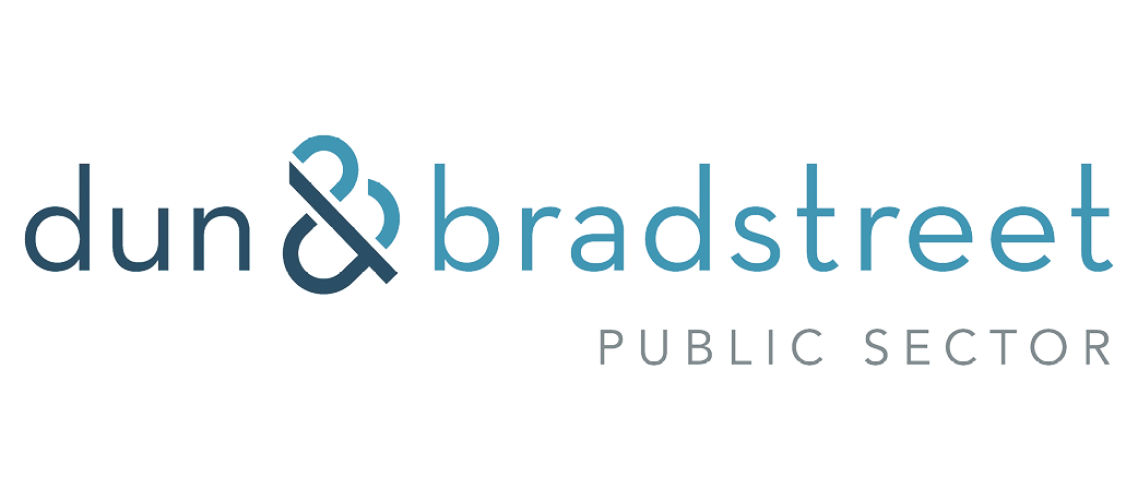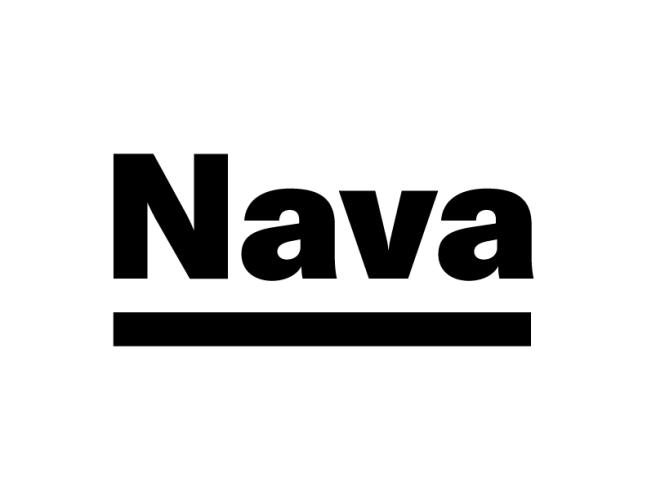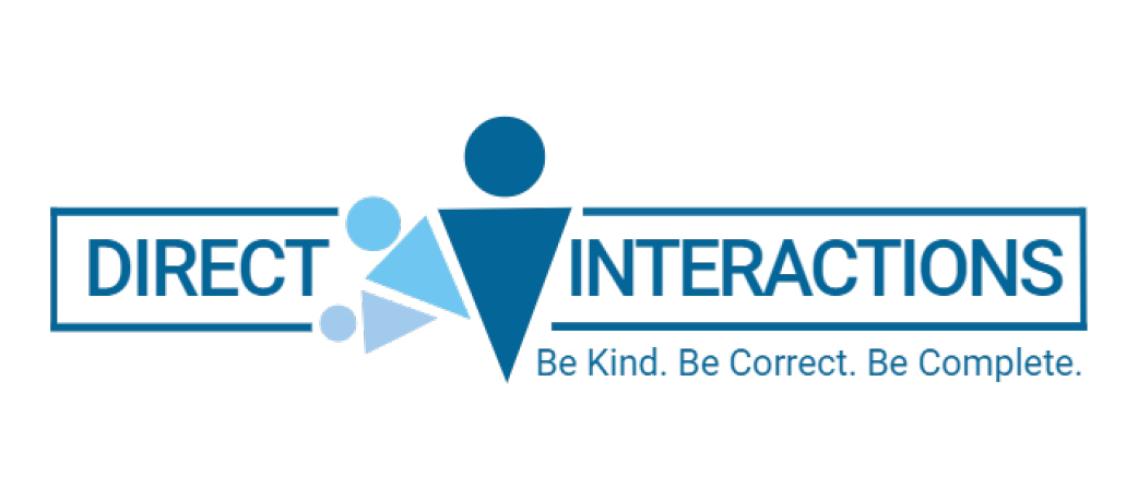RFI Response Synthesis
Executive Summary
This synthesis contains key findings and emerging trends identified from the NASWA issued RFI ‘Best Practices to Inform the Open UI Initiative’ distributed on June 3, 2024. A total of thirty-one (31) responses were received from a diverse range of organizations and individuals within the UI community.
The following is a brief history of the RFI and its purpose:
- The Open UI Initiative was launched in 2023 as a partnership between the U.S. Department of Labor and NASWA.
- The Initiative aims to improve resilience, responsiveness, and scalability by breaking down monolithic systems into smaller components, or “modules”.
- A Technical Advisory Group (TAG) comprised of key experts and stakeholders from the UI community was formed in March 2024 to define core modules and related interoperability.
- An RFI was issued in June 2024 to solicit feedback on a wide range of topics including implementation considerations, distributed architectures, security, & governance.
- In addition to soliciting general feedback on the vision and purpose of the Initiative, the RFI included a draft proposed module set and solicited feedback from the Unemployment Policy and Technology community on the proposed list.
General Themes
- All participants expressed interest and enthusiasm for the Initiative and believed there was value in creating a shared understanding around what “open” means as well as more standard definitions of common UI system functions.
- The majority of respondents stated that a well-defined framework would be needed to provide more specific solutions, highlighting a need for future opportunities for public comment and feedback on the Initiative’s progress and proposed outputs.
- In lieu of specific solutions, these respondents provided suggestions on products, industry practices, and integration techniques for shifting from a monolithic framework to a modular one.
- Of respondents who offered partial/all solutions, they referenced COTS (commercial off the shelf) products built upon distributed principles and abstraction. These comments primarily focused on dividing modules across functional lines to leverage existing products.
- Respondents offered suggestions to ensure the success of the Initiative, including the following:
- Focusing on a smaller set of modules centered on comprehensive sets of capabilities, as opposed to the 20+ proposed modules in the RFI. That said, there was a wide range of answers for the “right” number of modules, anywhere from 2 (e.g. Benefits and Tax) to more than 50
- Creating a set of standardized APIs and protocols for integrating with existing state and federal systems
- Running pilot programs with limited test sites to test and refine the modular approach
- Prioritizing the development of shared services for common functionalities
- Ensuring a diverse governance model that is representative of the wide range of stakeholders and experts in the UI space
- Addressing concerns around open specification security and safeguarding information that could impact program integrity and system security
- General flexibility and interoperability of the system.
Detailed Findings
Open Source Software
The Open UI initiative sees potential and opportunity in open source software and communities, and as such, the usage of open source software by state UI programs was referenced in the RFI. While not required, the intent was to assess openness to employing open source products in building a modular UI IT system.
- Skepticism or concern for employing open source tools or code in UI systems: Approximately half of respondents expressed reservations, were opposed, or wanted to closely track the risks and opportunities of open source practices.
- Additional clarifications were requested on the specific usage intended for open source code or communities as part of the Initiative.
- Support for open source: Less than a quarter of respondents showed support of or willingness for open-sourcing specifications and code.
- Neutral or undetermined: The remaining respondents either didn't explicitly address open source or had a neutral stance.
Abstraction
As previously mentioned, all responses either explicitly stated or suggested a need for abstraction. Abstraction, as noted by respondents, is required when you break down monolithic environments into modular segments. While modules may operate independently, they still need to connect with external systems (i.e., Social Security Administration). This interconnectivity is typically provided through an “abstraction layer,” which acts as a larger blueprint for module interactivity.
Key reasons for needing abstraction included the following:
- Interoperability: allows different modules to communicate effectively with existing state and federal systems - a key concern for the majority of RFI respondents.
- Flexibility for State-Specific Needs: enable customization at the state level without disrupting the overall system – nearly half of RFI respondents.
- Scalability: can be scaled independently, crucial for handling varying workloads across different UI functions and states.
- Maintainability: simplifies updates and maintenance, reducing the "cost of change" that many states struggle with in their current monolithic systems.
- Security and Compliance: abstraction layers can be consistently applied across modules, addressing respondents' security concerns in open systems.
- Future-Proofing: easier adoption of new technologies or replacement of outdated components without overhauling the entire system.
- Standardization: promote standardization of data and processes across states, with a vast majority of respondents in support of standardized interfaces.
Conclusion
The Open UI Initiative's Request for Information (RFI) process was a successful in providing valuable insights into modernizing unemployment insurance systems across the United States. The responses highlighted a clear need for a more defined framework that balances standardization with flexibility and addresses both front-end modularity and back-end distributed systems architecture.
Key Takeaways:
There is universal support for ongoing modernization efforts for state UI systems and support for the Open UI initiative, but stakeholders have diverse views on implementation approaches.
- A data-centric approach to system design is favored by a majority of respondents.
- The method for integration with existing state and federal systems is a critical concern and was represented by almost all respondents.
- There is a universal call for diverse, representative governance structures to support the long-term viability of the Open UI Initiative.
- Security and protection of PII are paramount, and almost all respondents recommend regular security audits.
- Additional research is needed to inform framework definition and development.







